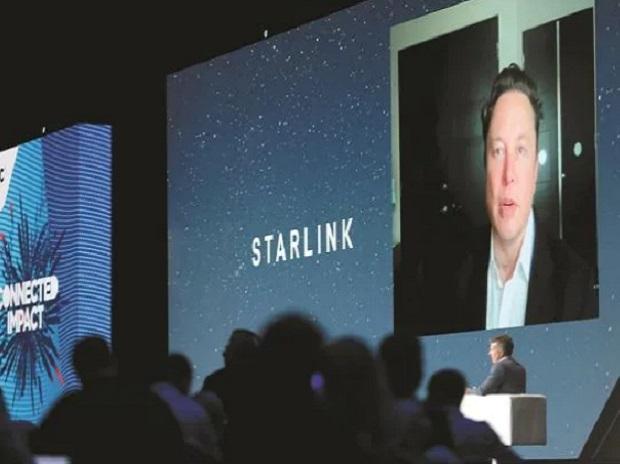
Mobile phones will connect to SpaceX’s new Starlink satellites next year, providing around 2 to 4 Megabits per second connection (total) across a given coverage area, T-Mobile CEO Mike Sievert and Tesla CEO Elon Musk have announced.
To provide this service, the companies will create a new network, broadcast from Starlink’s satellites using T-Mobile’s mid-band spectrum nationwide.
This satellite-to-cellular service will provide nearly complete coverage almost anywhere a customer can see the sky, US telecom carrier T-Mobile said in a statement late on Thursday.
This will help people text, send MMS messages, and even use “select messaging apps” whenever they have a clear view of the sky.
The service is scheduled to launch in beta by the end of next year in “select areas”.
“More than just a groundbreaking alliance, this represents two industry-shaking innovators challenging the old ways of doing things to create something entirely new that will further connect customers and scare competitors,” said Sievert.
According to Musk, Starlink V2, launching next year, “will transmit directly to mobile phones, eliminating dead zones worldwide”.
“Note, connectivity will be 2 to 4 Mbits per cell zone, so will work great for texting and voice calls, but not high bandwidth,” he tweeted.
Musk said that Tesla will also use the new technology for the premium connectivity feature in its electric vehicles.
Leveraging Starlink, SpaceX’s constellation of satellites in low Earth orbit, and T-Mobile’s industry-leading wireless network, the carrier plans to provide near complete coverage in most places in the US, even in many of the most remote locations previously unreachable by traditional cell signals.
“From the middle of Death Valley to the Great Smokey Mountains or even that persistent neighbourhood dead zone, T-Mobile and SpaceX have a vision to give customers a crucial additional layer of connectivity in areas previously unreachable by cell signals from any provider,” said the company.
The vast majority of smartphones already on T-Mobile’s network will be compatible with the new service using the device’s existing radio.
“The important thing about this is that it means there are no dead zones anywhere in the world for your cell phone,” said Musk.
In addition, the CEOs shared their vision for expanding ‘Coverage Above and Beyond’ globally, issuing an open invitation to the world’s carriers to collaborate for truly global connectivity.
–IANS
na/ksk/
(Only the headline and picture of this report may have been reworked by the Business Standard staff; the rest of the content is auto-generated from a syndicated feed.)
Dear Reader,
Business Standard has always strived hard to provide up-to-date information and commentary on developments that are of interest to you and have wider political and economic implications for the country and the world. Your encouragement and constant feedback on how to improve our offering have only made our resolve and commitment to these ideals stronger. Even during these difficult times arising out of Covid-19, we continue to remain committed to keeping you informed and updated with credible news, authoritative views and incisive commentary on topical issues of relevance.
We, however, have a request.
As we battle the economic impact of the pandemic, we need your support even more, so that we can continue to offer you more quality content. Our subscription model has seen an encouraging response from many of you, who have subscribed to our online content. More subscription to our online content can only help us achieve the goals of offering you even better and more relevant content. We believe in free, fair and credible journalism. Your support through more subscriptions can help us practise the journalism to which we are committed.
Support quality journalism and subscribe to Business Standard.
Digital Editor


/cdn.vox-cdn.com/uploads/chorus_asset/file/25547838/YAKZA_3840_2160_A_Elogo.jpg)

/cdn.vox-cdn.com/uploads/chorus_asset/file/25547226/1242875577.jpg)
/cdn.vox-cdn.com/uploads/chorus_asset/file/25546751/ES601_WEBR_GalleryImages_KitchenCounterLineUp_2048x2048.jpg)
